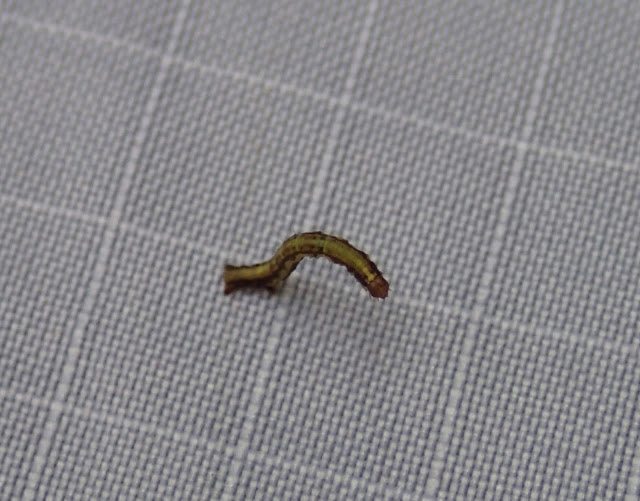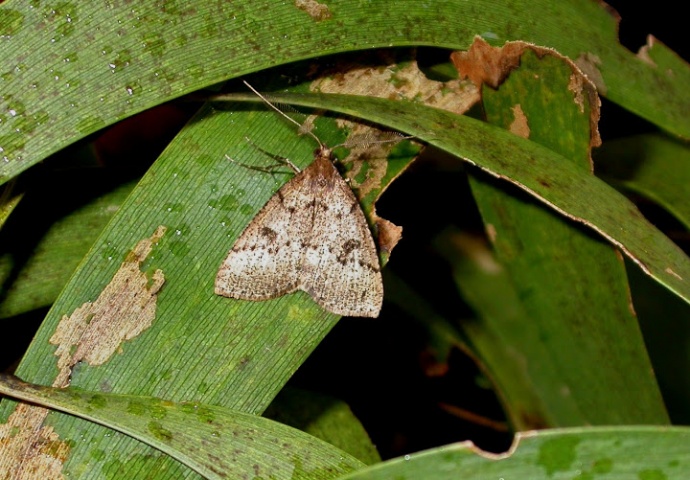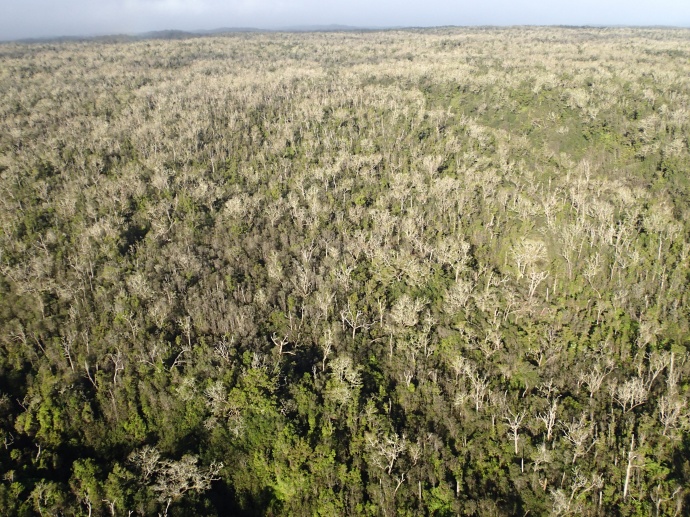Native Moth Population Explosion Results in Koa Defoliation
By Wendy Osher
Scientists are documenting extensive defoliation in large sections of mature koa forest on Hawaii Island. The phenomenon, authorities say, is believed to be the result of a natural, but sudden proliferation of a native moth.
Officials from the state Department of Land and Natural Resources, Division of Forestry and Wildlife, say areas impacted include Koa trees in the Hilo and Hamakua regions, between the 2,000 and 4,000 foot elevation.
The area currently impacted spans an estimated 24,500 acres, and is the largest koa defoliation in written history according to DLNR officials. Based on data from previous outbreaks, officials say it is possible that the koa looper outbreak will spread to other areas of Hawaii Island, although the exact path is unpredictable.
“The department has determined that this defoliation event is the direct result of feeding by moth native to Hawaii, the koa looper,” said DLNR chair William Aila, Jr. “Fortunately, past occurrences of these outbreaks show us that koa forests can recover.”
Outbreaks were reported on Maui in both 2004 and 2009. During those incidents, state officials say mortality rates in unhealthy forests were documented at up to 35%; however, koa trees in healthy forests fared better, recovering at a rate of nearly 100%.
Aila called the occurrence a “rare natural phenomenon” and thanked researchers from the University of Hawaii, US Forest Service, US Geological Survey, and Hawaii Agricultural Research Center for assisting DLNR in monitoring the situation.
The koa looper, also known by its scientific name, Scotorythra paludicola, is a native moth commonly found in koa forests. State officials say caterpillars of this species have historically been associated with mass koa forest defoliation.
According to the DLNR, Oral accounts indicate that such events were occurring before the first written documentation of an outbreak in 1892.
To date, researchers have not yet determined what circumstances trigger the occasional moth population explosions.

Scotorythra paludicola caterpillar. Photo credit: William Haines, UH Manoa Research faculty in CTAHR
DLNR officials say they will focus efforts on documenting and monitoring the outbreak, given that this is a “natural process.”
“Mapping the boundaries of this infestation will tell us what areas are affected right now, and provide a way for us to measure movement of the moths into new forest areas,” said Roger Imoto, DLNR Division of Forestry and Wildlife Administrator.
“Despite the rapid and severe visual impact of defoliation caused by the caterpillars, it should be noted that koa can and do recover after such outbreaks,” said Imoto. He continued saying, “The public can help us by calling DOFAW if new areas are observed.”
Members of the public are encouraged to report koa defoliation and/or increased caterpillar or moth abundance to the DLNR if it is observed outside of the Hilo and Hamakua region by calling (808) 587-0166.
The report should include information on the nearest street address, date of sighting, and a description of the defoliation. The public is also encouraged to send photos with location information to [email protected].












